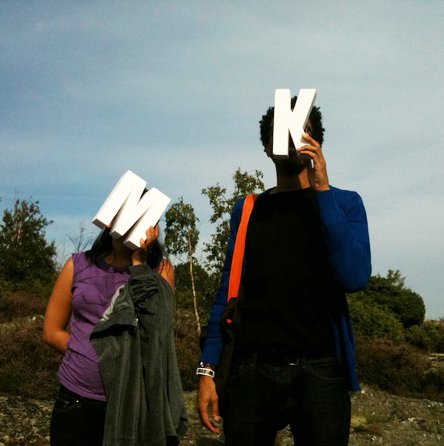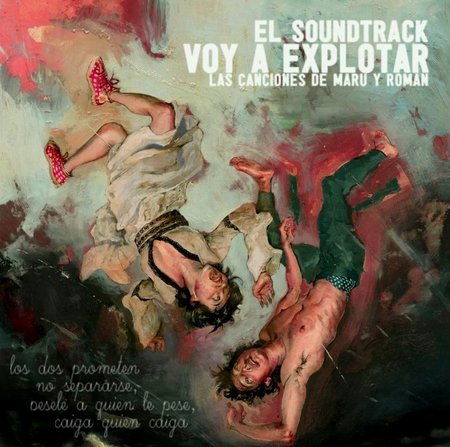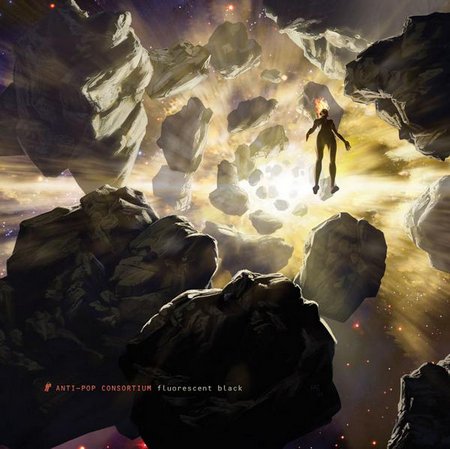
“Eight thousand people dead last year in Mexico, in narco related assaults,” tweets Mariana, “Or so they say. Narco whatever. War all over, and commemorations. This is the year Zompantil: wall of skulls.”
Death urges memory and a wall can serve many purposes. Recording fixes slices of life by writing them down, freezing the heartbeat, bugs in amber, a box of photos, stacked 78s. We were happy, there-; I danced to that song when I was young. Memories as records, they need a person to play them. DJing – listening carefully – mixes the dead or static back into life.
The album that has me this week is an unreleased CD-r from Ian Nagoski: Music of the late- & post-Ottoman, ca. late 00s – ca 1950: Greek, Turkish, Armenian, Syrian & Cretian. At the bottom there’s a note: All performances made in New York City..
Adjacent to ‘ancient cosmopolitanism’ but inverted – homeland music made in an alien place. Tunings, language, walls before assimilation. The fanaticism of the converted races neck-and-neck with the fanaticism of the departed.
In his excellent Baltimore City Paper article, Ian writes (emphasis mine):
The need for music from the motherland is something that has been consistent among each wave of immigrants to the United States for as long as the country has existed. The Prussian, Slavic, Anglo, and Scandinavian newcomers of the 18th and 19th centuries carried their songs with them in their memories and performed them for one another, often keeping traditions alive in the New World long after they’d faded away in their native lands. The African diaspora has retained essential aspects of the music of the lost homeland. And, as we all know, the styles commingled and transmogrified into “American” music–jazz, gospel, blues, country, rock, hip-hop.
The process of holding on to the songs of the Old World changed when recording came along in the first decades of the 20th century. Starting in the 1910s and ’20s, records were marketed to all of the major immigrant groups: German, Irish, Italian, Bulgarian, Serb, Pole, Arab, Jew, Armenian, Greek, Japanese, Philippine, you name it, the record companies were already going after a share of their earnings by selling immigrants something irresistible–a song from home. For a variety of reasons, including the restructuring of the record business caused by the Depression, the advent of radio, the intermarriage of ethnic groups, and the desire to become capital-A American, by the mid-20th century much of that wave’s imported music remained niche “ethnic” material, kept alive in enclaves or simply abandoned by the immigrants’ descendants.
A ‘song from home’, shot through with desire, recorded by a Greek named Markos Sifnios in New York City (always a place of bewilderment if you’re living it properly) 84 years ago:
[audio:Markos_Sifnios_Mrate_Koritsia_Sto_Horo.mp3]
Markos Sifnios – Mrate Koritsia Sto Horo (1926)
Ian – compiler of Dust-to-Digital’s Black Mirror comp CD – came on my radio show in December 2008 and provided insightful, poetic commentary on what it means to find, listen, and discover the history behind old 78s – you can stream it here.












